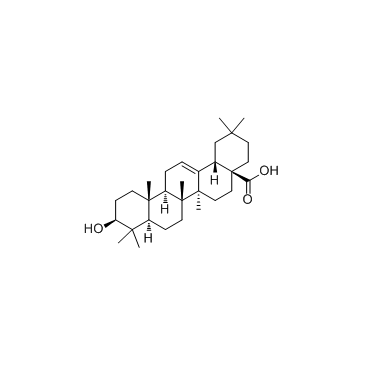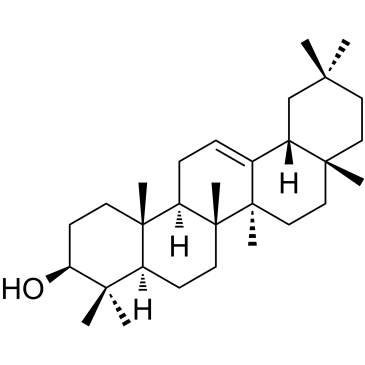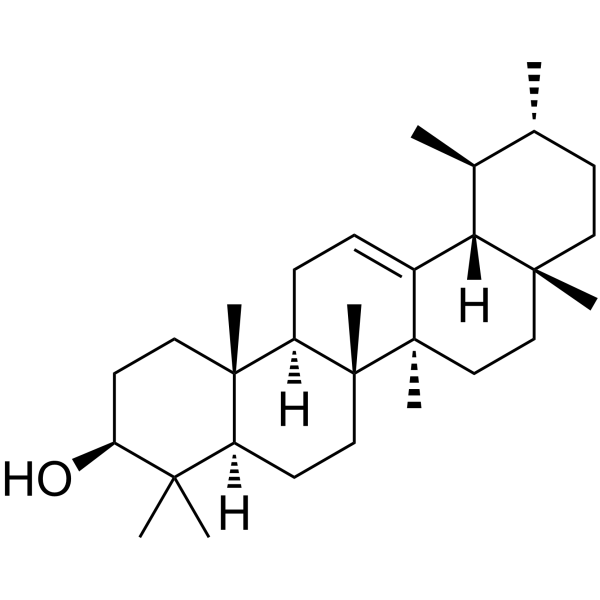| Structure | Name/CAS No. | Articles |
|---|---|---|
 |
Oleanic acid
CAS:508-02-1 |
|
 |
beta-Amyrin
CAS:559-70-6 |
|
 |
Glibenclamide
CAS:10238-21-8 |
|
 |
alpha-Amyrin
CAS:638-95-9 |